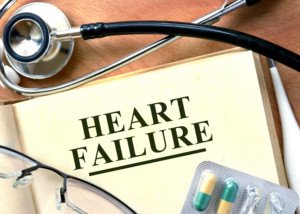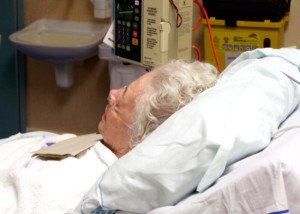
Marathon runners usually have strong hearts, but believe it or not, they can actually have a low ejection fraction, says a cardiologist.
You may have heard that it’s possible for a marathon runner to have an ejection fraction as low as 35 percent.
This is information that’s not easily forgettable, since a low ejection fraction is associated with people who have congestive heart failure or some acute process going on with their heart.
What Is an Ejection Fraction?
Ejection fraction is a measure of the amount of blood that is pumped out of the heart with each beat.
A low EF means that the heart does not pump as much blood as it should with each beat or squeeze.
- The heart’s chambers fill with a normal amount of blood, but the pumping action of this muscle is weak. Therefore, an inadequate amount of blood gets pumped out for circulation throughout the body.
- Or … the pumping action is actually normal. The problem is that the chambers fail to fill with a normal amount of blood. The result is a sub-optimal amount of blood going throughout the body.
- It is difficult to fathom that a marathon runner would have either of these situations.
Can marathon runners have a low ejection fraction?
“Yes, they could have a low EF, but it would be very rare,” says Dr. Sameer Sayeed, a cardiologist at ColumbiaDoctors of Somers, NY.
“Only a rare person who was very well-trained or could handle the symptoms could actually have a low ejection fraction and complete a marathon, as they would likely have to stop running long before the end of the marathon due to shortness of breath and chest pain,” explains Dr. Sayeed.
If you have shortness of breath disproportionate to physical activity and/or chest pain, see a cardiologist/emergency room physician as soon as possible.



























